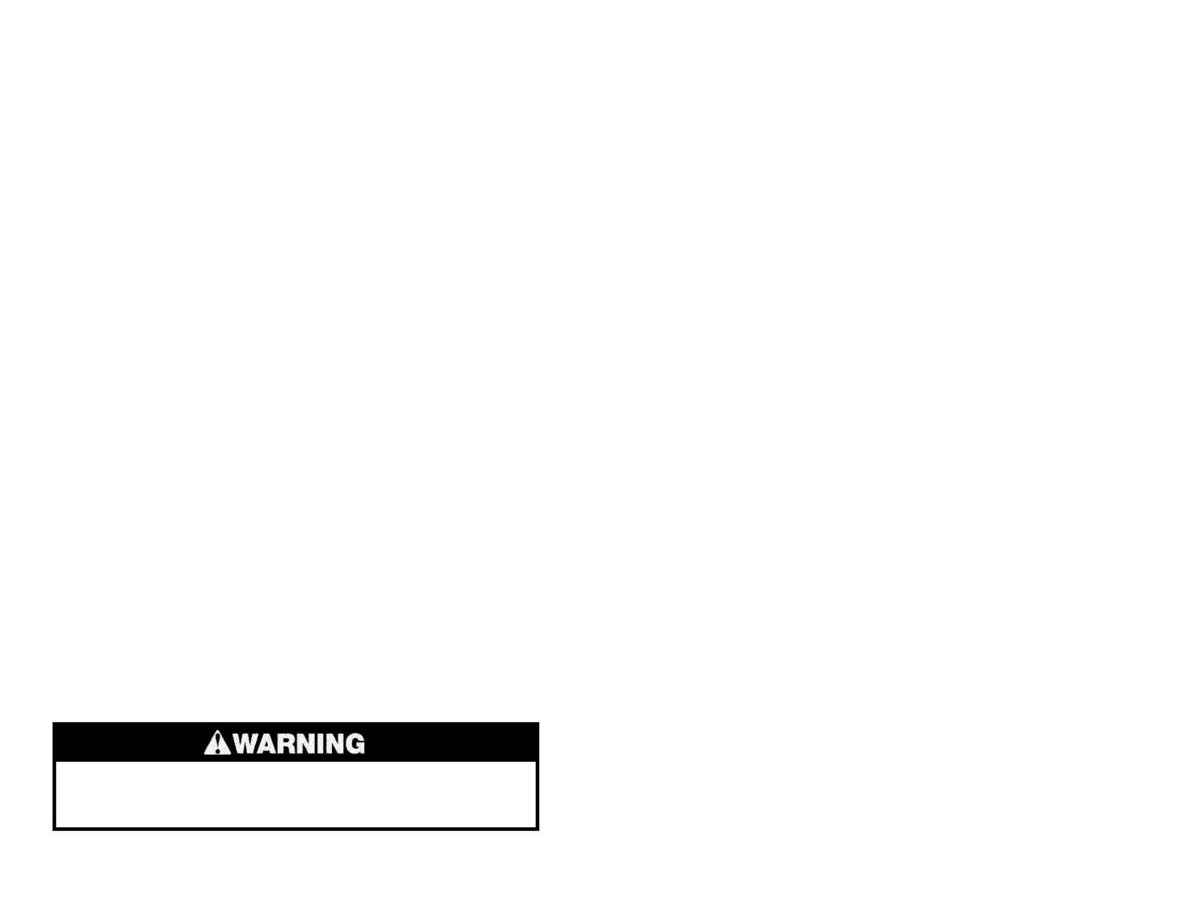
Rear Shock Compatibility: The air- and coil-sprung shocks that come
with the Jekyll were developed specifically for use with the Jekyll. These
are the only shocks we recommend using. For information on Jekyll rear
shock options, see an authorized Cannondale retailer.
Pivoting Shock Mounting Collar: The Jekyll uses a pivoting collar to
secure the rear shock to the front triangle. The collar pivots on a pair of
specially designed brass bushings that are pressed into the front triangle.
The bushings are Teflon« coated and need no lubrication. They should
never be greased or oiled. In fact, some lubricants may damage or
destroy the Teflon« coating. Should your pivot bushings become
damaged or wear out, they can be replaced by your local authorized
Cannondale retailer.
Two aluminum bolts run through the bushings and secure the collar to
the front triangle. On some Jekyll models, these bolts will need to be
removed and replaced when adjusting the bike's geometry, and after the
first few adjustments the threads should be treated with Loctite. Make
sure not to get any Loctite onto the frame's brass pivot bushings or
through the collar onto the shock adjustment threads. See the section
called "Jekyll Geometry Adjustment" for details.
Tire Usage: When selecting new tires, be sure that the properly inflated
tire does not contact any part of the swingarm, frame, or fork. The
Consumer Product Safety Commission requires at least 1/16" (1.6mm)
tire clearance from any part of the bike. Allowing for lateral rim flex and
for untrue (wobbly) rims will likely mean choosing a rear tire that provides
even more clearance than the CPSC recommends. Your choice of a new
front tire should be made only after considering the clearance guidelines
contained in your front suspension fork owner's manual. If your manual
contains no such guidelines, or if don't have a manual, consider that
Rock Shox requires at least 1/4" (5mm) clearance between the tire and
the fork crown or bridge when the fork is completely compressed. Be
aware that completely compressing the fork may involve removing the
spring stack, letting the air out of the fork, or both.
COMPONENT COMPATIBILITY AND PRECAUTIONS FOR ALL
JEKYLL MODELS
This Owner's Manual Supplement makes no attempt to be a comprehensive
manual on bicycle mechanics. If you are not an experienced mechanic we urge
you to bring your bicycle to an authorized Cannondale retailer where a
professional mechanic can do the job right. In addition to putting yourself at risk,
poorly done mechanical work may void your warranty. This section covers
design features unique to the Jekyll bicycle, and is intended primarily for the
Authorized Cannondale Retailer performing the assembly and adjustments.
Selection and Installation of Components on a Frameset: If you
choose to assemble a complete bicycle from a frameset, you must make
many component choices. Consult with your retailer and the component
manufacturers and frankly discuss your riding style, ability, weight, and
interest in and patience for maintenance. Generally speaking, lighter
weight components have shorter lives. In selecting lightweight
components you are making a trade-off, favoring the higher performance
that comes with less weight over longevity. If you choose more lightweight
components you must inspect them more frequently. If you are a heavier
rider or have a rough, abusive or "go for it" riding style, buy heavy-duty
components. No matter what components you and your retailer choose,
contact the component manufacturer to confirm that the component is
compatible with the Jekyll and intended for your weight and riding style.
Read and follow the component manufacturers warnings and instructions.
Fork and Headset Compatibility: The Jekyll is designed to use either
Cannondale's proprietary-dimension HeadShok headset or a 1.5"
(38.1mm) headset. When used with Cannondale headset adapter cups
(available separately), the frame can also accommodate standard 1 1/8"
(28.6mm) steerers.
Do not adapt the Jekyll for use with a 1" (25.4mm) steerer. Doing
so will greatly increase the risk of fork failure, which could result in
injury or death.
4
5
